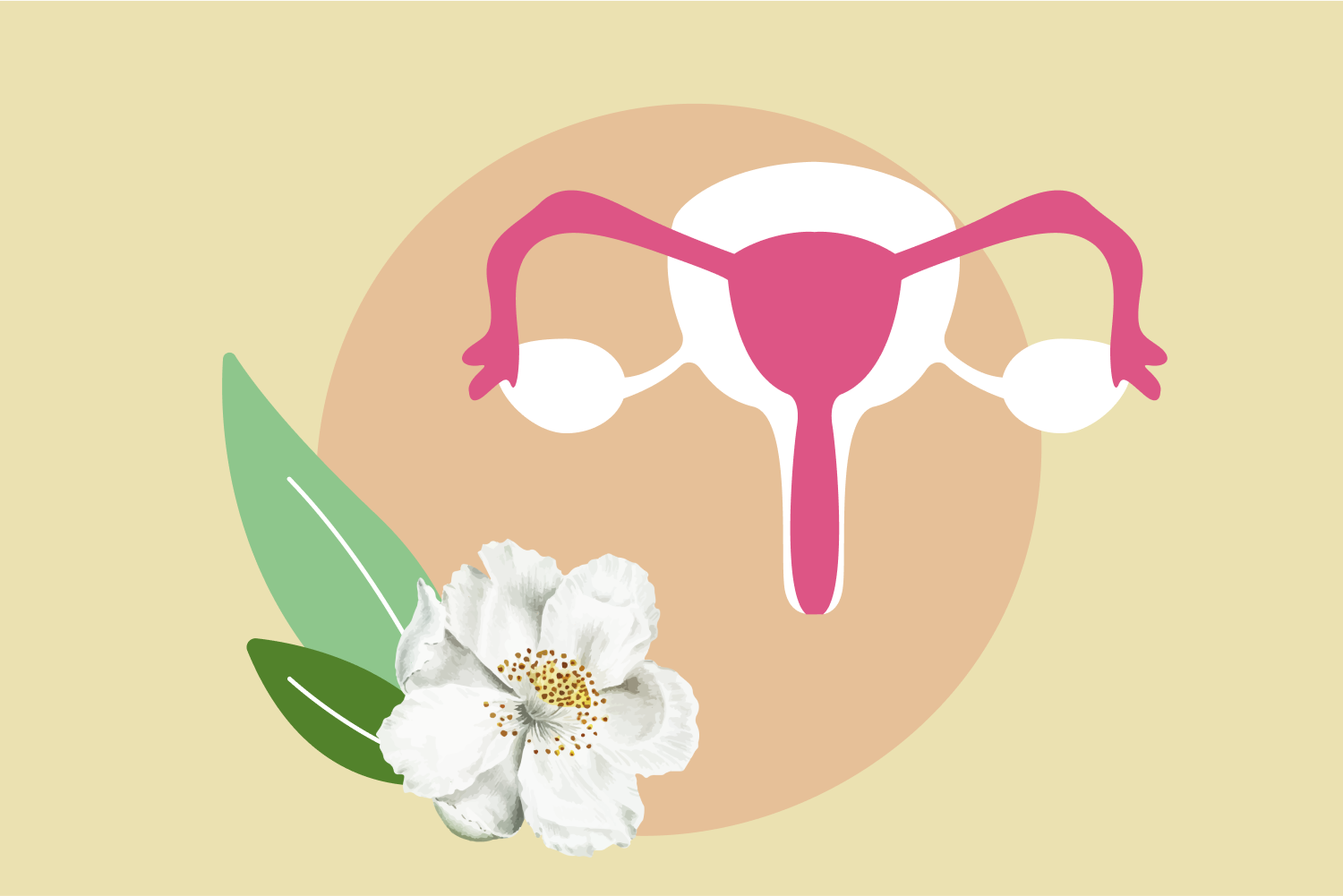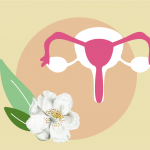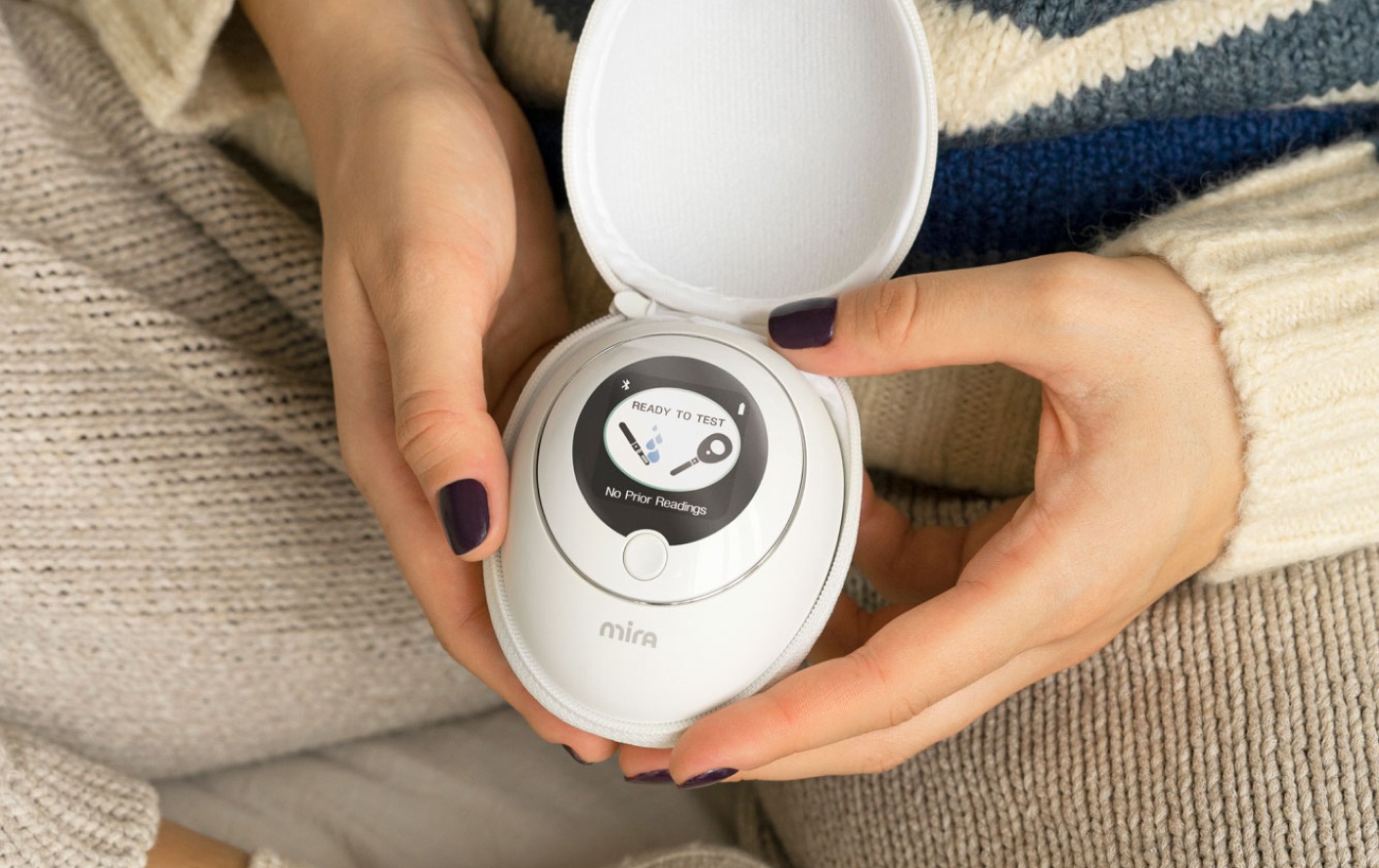5 Foods to Include In Your Endometriosis Diet (and What to Avoid)
Getting an endometriosis diagnosis can be scary and overwhelming and it’s easy to get lost in the rabbit hole of potential treatments. Fortunately, one thing that doctors do agree on is that a proper endometriosis diet can help control your symptoms.
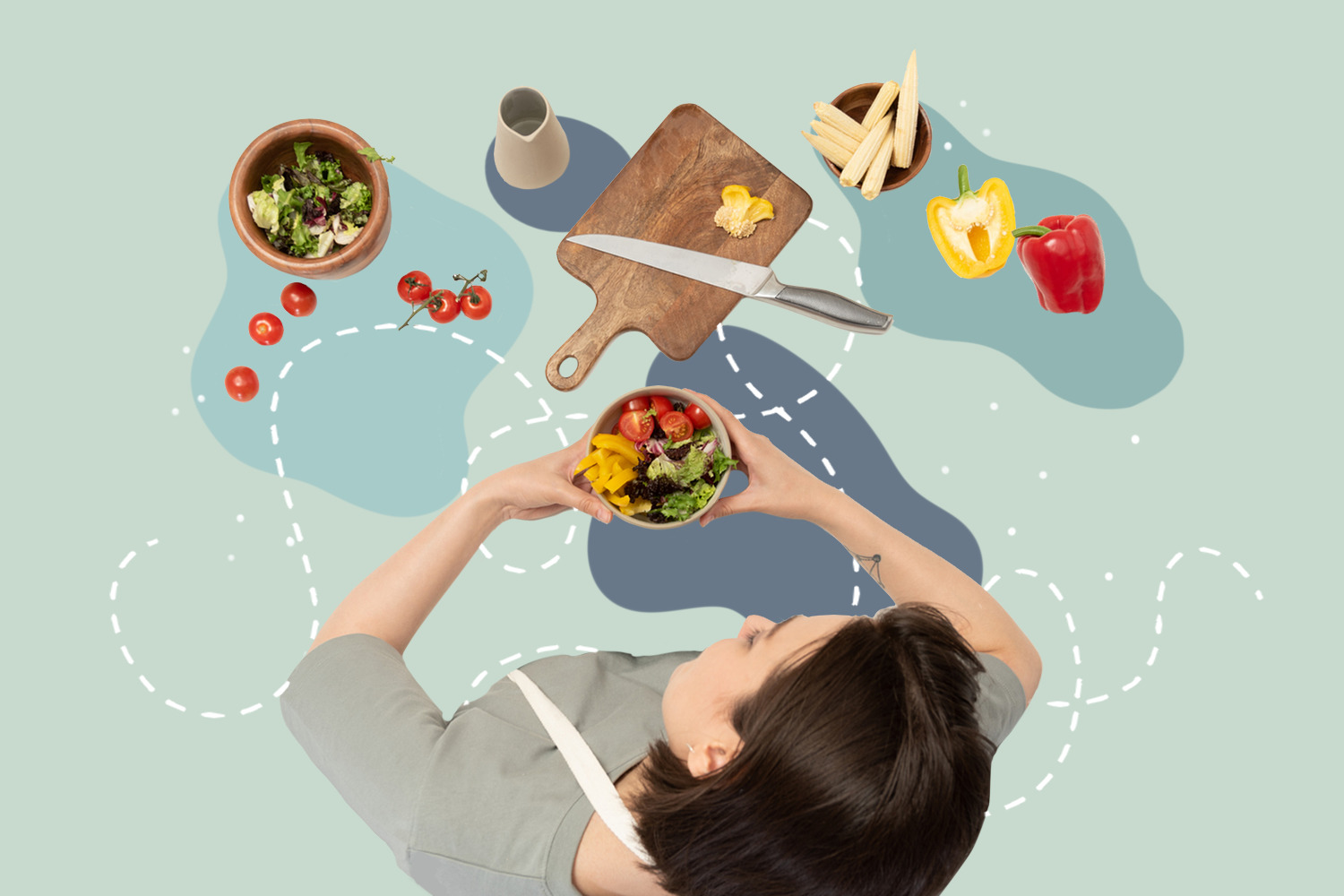
However, while the list of things to eat and avoid is ever-growing, there are some accepted conclusions based on research — and the diverse experiences of the 1 in 10 women who have endo.
In this post we will look at which foods help endometriosis (and what a solid endo diet looks like) as well as some foods that it’s best to avoid.
What Is Endometriosis?
Endometriosis is a painful condition in which tissue similar to that of the uterine lining grows outside the uterus. This tissue can theoretically grow anywhere in the body and has been found on every organ and anatomical structure in the body except the spleen. Because the tissue bleeds each month, just like your endometrial lining does, endometriosis causes severe pain and inflammation throughout the body.
Symptoms
Endometriosis is not just a reproductive disease. Because it can occur throughout the body, it can cause a diverse array of symptoms. However, some of the most common ones include:
- Painful periods
- Heavy menstrual flow
- Pelvic pain between periods
- Bloating
- Painful bowel movements (especially during your period)
- Painful sex (especially with deep penetration)
Many women with endometriosis also experience gut health issues, such as irritable bowel syndrome (IBS) and small intestinal bacterial overgrowth (SIBO). This is one reason why paying attention to your diet can help relieve the symptoms of endo.
Treatment
There is no cure for endometriosis, but there are many ways to manage its symptoms.
The “gold standard” of treatment for endometriosis is laparoscopic surgery, also known as excision surgery. In this minimally invasive surgery, a specialized surgeon makes small incisions in the lower abdomen and uses special instruments to excise the endometriosis implants.
Many women also get relief from hormonal therapies, such as oral birth control pills. While the birth control pill cannot cure endometriosis, it is thought that suppressing estrogen helps suppress the growth of endo implants, preventing the disease from getting worse.
In addition to medical and surgical treatments, lifestyle changes help many women manage their endometriosis. Eating and avoiding certain foods is one of the most important lifestyle changes you can make to feel better with endo.
Foods to Include in Your Endometriosis Diet
One of the most popular dietary solutions for managing endometriosis symptoms is the “Endo Diet.” The Endo Diet isn’t a prescribed diet plan, so much as a list of foods to include in your diet — and to avoid — if you want to feel better. Below, we’ll talk about five of the foods you should definitely include in your endometriosis diet to help you manage the symptoms of the disease. If you’re TTC, we’ve also got a great list of recipes for food to help you get pregnant that you can cross-reference.
Salmon
Fatty fish like salmon is one of the most important foods to incorporate into your diet to improve your endometriosis symptoms. Salmon is rich in omega-3 fatty acids, which have been found to decrease the pain and inflammation associated with endo. Omega-3 fatty acids work to decrease endometriosis symptoms by preventing your body from synthesizing prostaglandins, the hormones that promote menstrual cramping and inflammation.
If you do not eat fish, whether because you do not like it or because you follow a vegan diet, there is some evidence that omega-3 fatty acid supplements may have the same effects. You can find vegan omega-3 supplements that are derived from plant-based sources, as well as supplements made from fish oil.
Broccoli
It’s important to eat a wide range of colorful fruits and vegetables for endometriosis since those vibrant colors come from anti-inflammatory nutrients called antioxidants. However, of all the vegetables you can choose for your endo diet, broccoli is one of the best due to its relationship to estrogen synthesis in the body.
Endometriosis has been linked to estrogen dominance which can occur when your body produces too much “bad” estrogen and not enough “good estrogen.” Broccoli contains a natural chemical called indole-3-carbinol (I3C) that helps shift estrogen metabolism away from “bad” estrogen and towards that “good” estrogen instead.
Need another reason to up your broccoli intake? Broccoli is high in magnesium, which plays an important role in preventing menstrual cramps. Magnesium relaxes the smooth muscle tissue of the uterus and decreases the availability of prostaglandins in the body, helping reduce endometriosis pain. One serving of broccoli contains 31 mg of magnesium or approximately 7% of your recommended daily value (RDV).
Eggs
Eggs make for an excellent source of vegetarian protein. They are especially beneficial to women on an endometriosis diet because they contain plenty of omega-3 fatty acids — which, as we’ve already mentioned, helps decrease cramping due to endometriosis. If you’re looking for an extra fatty acid boost, you can even look for omega-3 eggs that have been additionally enriched with omega-3 fatty acids.
As a woman with endometriosis, you may also experience heavy bleeding during your period, which can deplete your iron stores. That’s why it’s always a good idea to eat plenty of iron-rich foods, especially those rich in heme iron. Your body absorbs heme iron, or iron from animal sources, more easily than non-heme iron, or iron from plant sources. Eggs are a good source of heme iron, meaning you can get plenty of iron in your diet — even if you’re a vegetarian.
Whole Grains
You probably already know that fiber is important to keep your digestive tract running smoothly — but did you know that fiber also plays a role in the availability of estrogen in the body? Studies show that a high-fiber diet may reduce estrogen levels, helping address the estrogen dominance present in so many women with endometriosis. Whole grains are an excellent source of fiber, making them especially important for a healthy endo diet.
Regardless of whether you have endometriosis on your bowel, it’s common to suffer from constipation with endometriosis. High-fiber whole grains can speed up the transit time of stool as it moves through the intestines, fighting constipation.
There are two types of fiber present in our diets: soluble and insoluble fiber. Everyone, regardless of whether they have endometriosis or not, needs a good mix of both for a healthy digestive system. You can find both types in whole grains, including soluble fiber in oatmeal and insoluble fiber in brown rice.
Citrus Fruits
A higher intake of fruits and vegetables is associated with a lower risk of developing endometriosis. This finding was especially pronounced in women who ate plenty of citrus fruits, including oranges and grapefruits. In fact, eating one or more daily servings of citrus fruits resulted in a 22% lower risk of developing endometriosis.
It’s unknown how this translates to women who already have the disease, but it never hurts to eat more fruits and vegetables, especially since they are rich in antioxidants and other micronutrients your body needs to stay healthy.
However, a word of caution for women who take combined birth control pills to manage their endometriosis: eating grapefruit, and especially drinking grapefruit juice, might make your medication less effective asit causes a 47% reduction in the enzyme used to break down the synthetic estrogen found in those medications.
Foods to Avoid if You Have Endometriosis
While there are no hard-and-fast doctor-recommended rules for foods to avoid when you have endometriosis, many women find relief by avoiding these foods suggested by the Endo Diet.

A little extra support from an expert can go a long way
Book an online consultation with one of our Hormone Health Coaches.
Schedule NowTrans Fats
Trans fats are fatty acids that are not found in nature and can only be produced in a laboratory. These fats are found in deep-fried and processed foods, such as French fries, snack cakes, and even conventional peanut butter.
Studies show that women with the highest consumption of trans fats have a 1.44x increased risk of developing endometriosis. Trans fats also promote inflammation in the body, which can worsen endometriosis symptoms for women who already have the disease. Thus, it’s a good idea to avoid foods with ingredients signifying the inclusion of trans fats — such as partially hydrogenated oils.
Red Meat
Non-organic red meat — including steak and ground hamburger meat — may contain synthetic hormones and antibiotics that are toxic to the body and can promote inflammation. This can make the symptoms of endometriosis worse, meaning it’s a good idea to avoid red meat on an endo diet.
Accordingly, studies show that women who eat two or more servings of red meat per day are 56% more likely to develop endometriosis. So, if you have endo, you may want to opt for lean poultry and fatty fish over red meat whenever possible.
Gluten
Of all the studies measuring the effects of diet on endometriosis, endo is most closely linked to gluten-intolerance and as many as 75% of endometriosis patients may benefit from eliminating gluten from their diet. There is also a significantly higher risk of developing endometriosis in women with celiac disease.
Some experts believe gluten promotes inflammation and hormone imbalance that worsens endometriosis symptoms. While other doctors may disagree, anecdotal evidence from many women with endometriosis suggests that eliminating gluten may play an important role in managing the symptoms of endo.
Alcohol
Women with endometriosis should strongly consider limiting their alcohol intake, especially if they struggle with infertility. Alcohol is a known phytoestrogen, or estrogen-mimicking chemical, that raises estrogen levels in the body. According to the same study, excessive alcohol intake can also be responsible for anovulation and other sources of infertility.
Since endometriosis is present in 30 to 50% of women with infertility, women with endo may consider avoiding alcohol to lower their risk of being unable to conceive. Furthermore, drinking too much alcohol can destabilize blood sugar and promote poor gut health, worsening the symptoms of endometriosis. If you choose to drink alcohol despite endometriosis, try to stick to the recommended consumption level of one standard drink per day for women.
What Else Can Help?
Endometriosis is a complex, full-body disease. While diet can play an important role in managing it, so can many other lifestyle changes such as supplements and exercise. In addition to changing your diet, these other suggestions may help you improve your symptoms and quality of life with an endometriosis diagnosis.
Supplements
As we mentioned previously, omega-3 fatty acid supplements may decrease inflammation, improving the symptoms of endometriosis. However, other supplements have been used successfully to improve endometriosis symptoms. In particular, dong quai is an herb used in traditional Chinese medicine that shows promise in treating painful periods and cramps associated with endometriosis. According to the same meta-analysis, Vitex or chaste berry — another traditional Chinese herb — may be able to treat infertility caused by endo.
Exercise
Exercise is important for maintaining a healthy weight, which helps prevent infertility — but when it comes to endometriosis, one must make sure they are doing the right kind of exercise.
Endometriosis often impacts the muscles of the pelvic floor. When these muscles contract due to painful menstrual cramps, the body learns to anticipate pain. As a result, the pelvic floor muscles can become chronically tight, leading to further pelvic pain. Physical therapy for the pelvic floor, as well as yoga and Pilates, can all help release these tight muscles, improving the symptom of endometriosis pain.
Lifestyle Changes
There is no simple “life hack” for curing disabling endometriosis pain. Even so, there are things you can do at home to manage your pain and make life easier. For example, using heating pads or a TENS unit can help you relieve chronic pelvic pain and get back to your everyday activities.
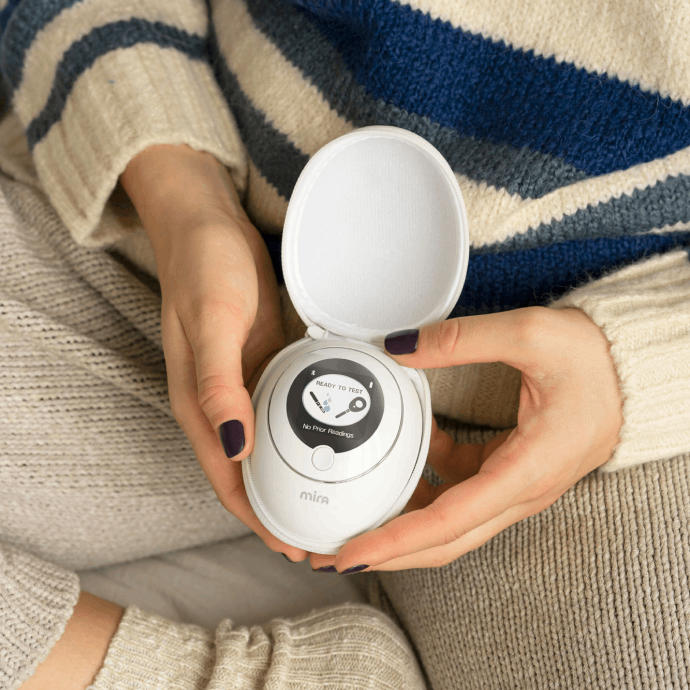
You may also consider consulting your doctor, who can recommend a medication — such as hormonal birth control — to help suppress the symptoms of endometriosis, or who can get you in touch with a laparoscopic surgeon.
Mira’s Editorial Process
All content produced by Mira meets stringent editorial standards, ensuring excellence and accuracy in language and medical precision. Every piece undergoes thorough fact-checking and review by qualified professionals. Check out our full editorial process to learn more.


